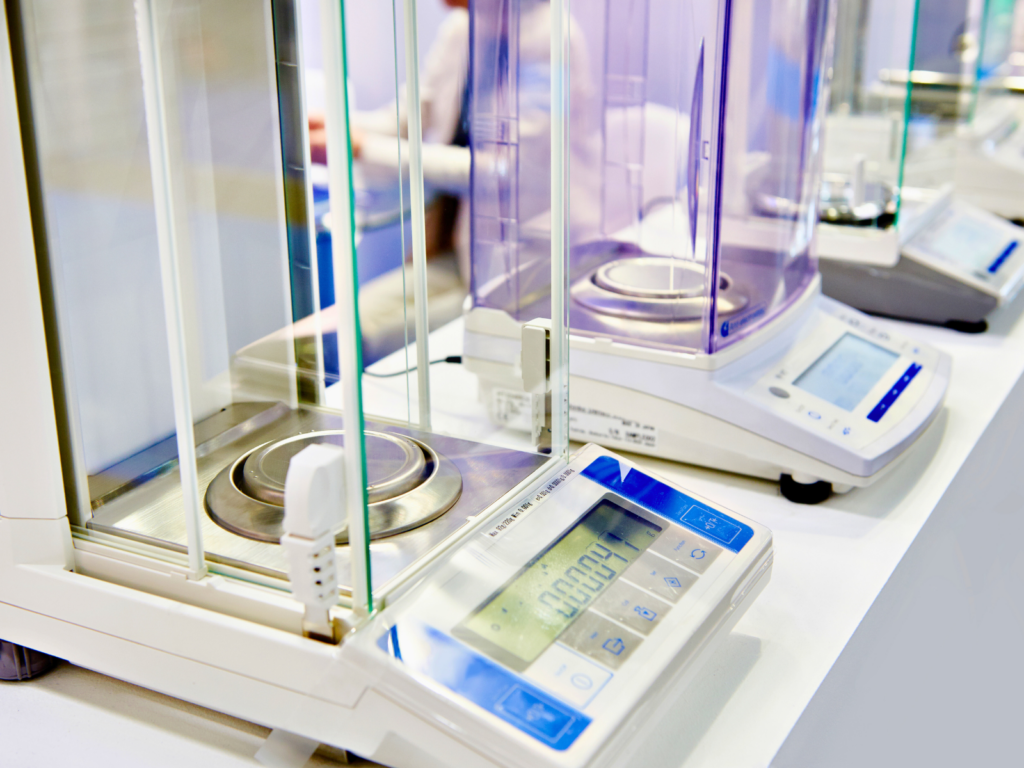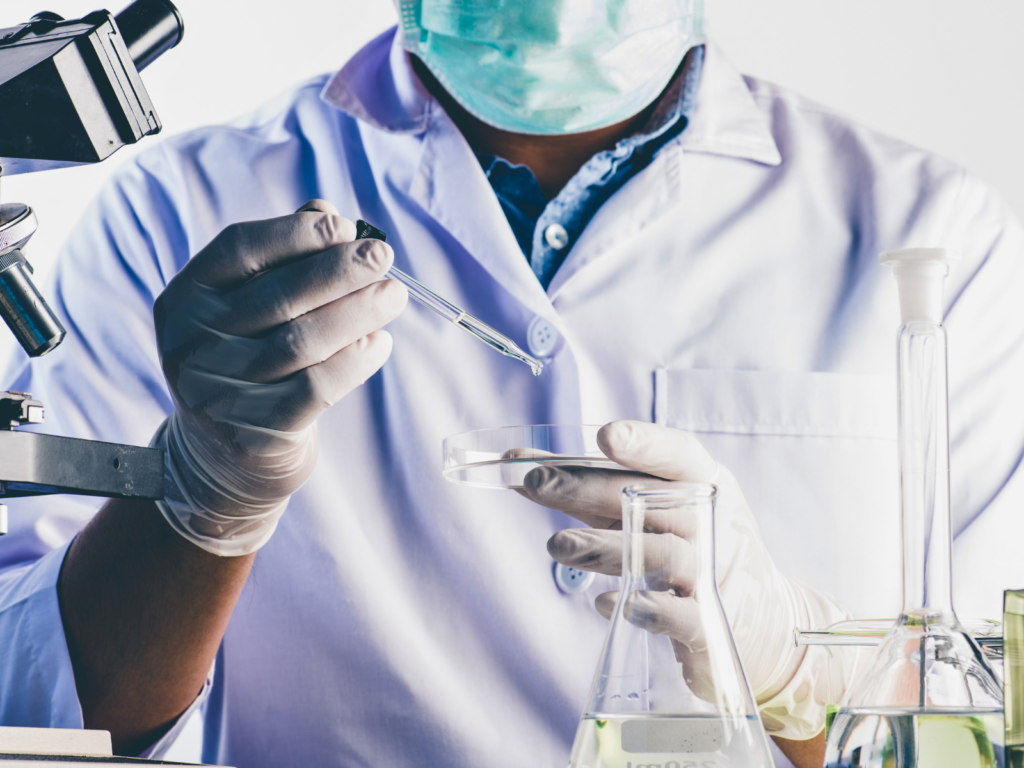The Role of Metrology in Environmental Science
Physical, biological, and information sciences are integrated into the field of environmental science, which is a growing interdisciplinary field. In addition to studying the Earth’s environment, environmental science is concerned with finding solutions to some of the world’s most pressing environmental issues.
Its application and significance in today’s society are therefore extremely pertinent. As a provider of quality calibration, testing, and certification services, we are shedding light on Metrology in Environmental Science and its role in addressing environmental issues.

Instrumentation for Environmental Monitoring
Changes in the Earth’s system are both caused by natural processes and by human activity. From the interior of the planet to its landmasses, oceans, and atmosphere, these processes can occur anywhere. For this reason, observations from the land, sea, air, and space are necessary to understand and respond adequately to these changes.
The scope of the study necessitates the use of sophisticated instrumentation, including:
- Balances and Scales
- Test Weights
- pH Meters
- Conductivity Meters
- O2 Meters
- Chlorine Meters
- Temperature Monitoring Equipment
- Air Monitoring Equipment
- Pipettes
- Gas Chromatographs
- Liquid Chromatographs
- Ovens
- Spectrophotometers
Water is tested in environmental laboratories for a variety of contaminants, both natural and human-made, both on the surface and underground. Additionally, air filters are used to detect and collect airborne solids. The filters are weighed and reweighed after a specified period of time. It is possible to determine the amount and type of particulates on air filters and in water samples using chromatography and spectrophotometry.
In contrast, the environmental lab at the International Space Station (ISS) uses the low Earth orbit to monitor changes in glaciers, agricultural fields, coral reefs, and cities. The information collected is then compared to other sources of data including that of orbiting satellites.
Scientists are able to come up with potential solutions for environmental problems through data collected both from Earth and from space.

Continuity of Measurement
Identifying long-term trends of small magnitude is one of the most challenging tasks for environmental scientists. In the course of a day (24 hours), scientists may observe temperature variations of up to 20 degrees Celsius. Due to these fluctuations, it is difficult for researchers to isolate the signal “noise” so that they can identify a change in temperature of 1°C over an extended period of time.
There are millions of measurements carried out each day by different research facilities around the world, which further complicates matters. Additionally, these measurements cover more than 50 key climate variables, and the methods used to extract them vary from satellite sensing to surface observations.
It is essential for scientists to have consistent and meaningful data. In order to achieve the required quality, measurements must be traceable to SI units, ensuring the stability of readings over long periods of time, and ensuring that measurement uncertainty is appropriately low.

Space-based Environmental Tests and Instrumentation Challenges
The NASA Authorization Act of 2005 designated the US segment of the International Space Station (ISS) as a National Laboratory.
A number of international agencies, including NASA, are currently studying the Integrated Earth System as a means of addressing pressing societal issues such as the prediction of weather and climate, the impacts of climate change, the health of ecosystems, and the development of strategies for preparing for natural disasters.
Additionally, satellites are equipped with instruments that measure variables such as total irradiance, total column and vertical profile of ozone, and global temperatures in the lower atmosphere. Using these instruments, you can produce consistent, global time series by paying attention to calibration and bias issues, uncertainty, and repeatability.
As a result of the placement of instruments on satellites and those used at the National Laboratory on the International Space Station, developing long-term, well-calibrated time series can be challenging. Once in orbit, instruments in space no longer receive regular laboratory calibration and characterization as they do on Earth.
As part of the strategy for successful satellite climate applications, it is essential to characterize measurements, repeatability, time and space sampling, and data systems in order to ensure their accuracy. To understand and find solutions to global climate change issues that affect us all, we need stable and reproducible measurement standards.
For over forty years, Allometrics has provided quality calibration, testing, and certification services to environmental agencies, universities, and research institutions.
Contact us for a free quote on our calibration services.






